Nationality Australian Awards Patron's Gold Medal | Name Donald Thomson | |
 | ||
Alma mater University of MelbourneUniversity of Sydney Died May 12, 1970, Melbourne, Australia Books Bindibu country, N.T.S.R.U., 1941-1943, Children of the wilderness Education | ||
Academic advisors Alfred Radcliffe-Brown | ||
Donald Thomson. Melrose Abbey and John Thompson. Variations on Theme Three Blind Mice
Donald Fergusson Thomson, OBE (26 June 1901 – 12 May 1970) was an Australian anthropologist and ornithologist who was largely responsible for turning the Caledon Bay crisis into a "decisive moment in the history of Aboriginal-European relations". He is remembered as a friend of the Yolngu people, and as a champion of understanding, by non-Indigenous Australians, of the culture and society of Indigenous Australians.
Contents
- Donald Thomson Melrose Abbey and John Thompson Variations on Theme Three Blind Mice
- Alexander Avakyan Guddly Burn by Donald Thomson
- Early life
- Caledon Bay crisis
- Thomson in Central Australia
- List of works
- References
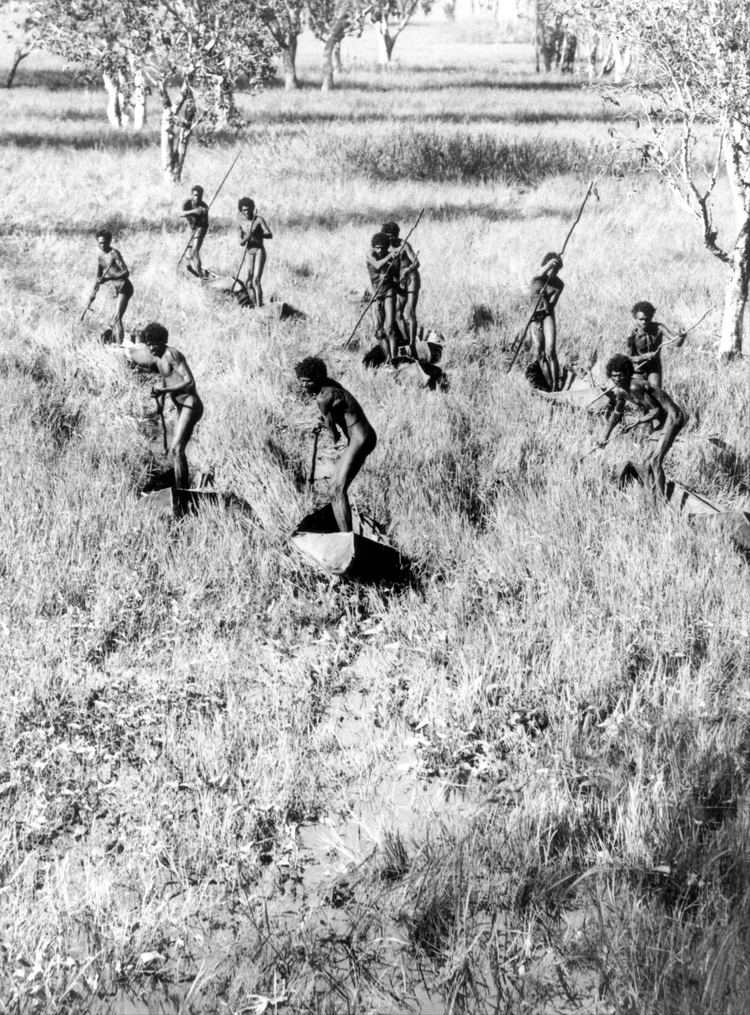
Alexander Avakyan, Guddly Burn by Donald Thomson
Early life

Thomson studied zoology and botany at the University of Melbourne. He also joined the Royal Australasian Ornithologists Union (RAOU) in 1917 and served it as Press Officer (1923) and as Assistant Editor of its journal the Emu (1924–1925). When he graduated in 1925 he joined the Melbourne Herald as a cadet, also marrying Gladys Coleman in the same year. He then studied for a one-year diploma course in anthropology at the University of Sydney, graduating in 1928, and then set off on an eight-month journey, working with and recording the Indigenous people of Cape York. On his return, he was falsely accused of dishonesty, because of the loss of some funds, which was later traced to fraudulent activity by a staff member of the Australian Research Council. This unhappy episode forever damaged his relationship with other anthropologists at Sydney.

After another trip to Cape York in 1929, Thomson joined the Walter and Eliza Hall Institute of Medical Research in Melbourne, and in 1932 joined the University of Melbourne as a research fellow, obtaining his PhD in 1934.
Caledon Bay crisis
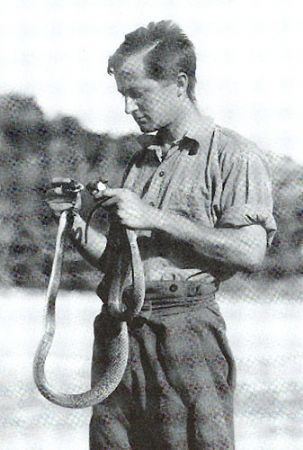
In 1932–33, as the Caledon Bay crisis erupted, Thomson offered his services to the Australian Government to resolve the crisis, and to the surprise of the government succeeded in doing so. His success had long-term ramifications for the relationship between Indigenous and non-Indigenous Australians, and is regarded as the crowning achievement of his life.
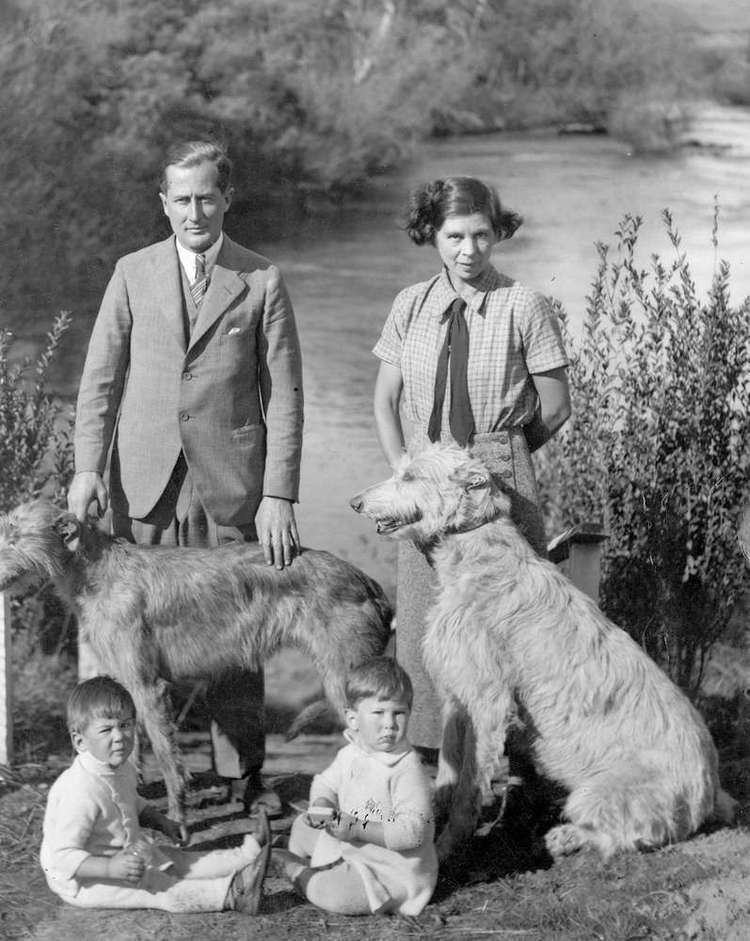
He formed a strong bond with the Yolngu people, studying their traditional use of the land in the Arafura Swamp and elsewhere. In 1941 he persuaded the Army to establish a special reconnaissance force of Yolngu men known as the Northern Territory Special Reconnaissance Unit, including tribal elder Wonggu and his sons, to help repel Japanese raids on the northern coastline of Australia. In 1943, as the war moved northward from the Australian coast, the unit was disbanded, and Thomson returned to the Air Force. He was badly injured in action in Dutch New Guinea, and spent the rest of the war in hospital before being discharged from the Armed Forces.
Thomson in Central Australia
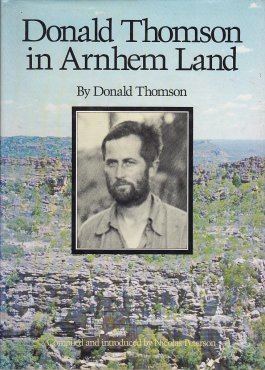
In 1957, Thomson carried out the Bindibu (Pintupi) Expedition to the Western Desert to make contact with Pintupi there.
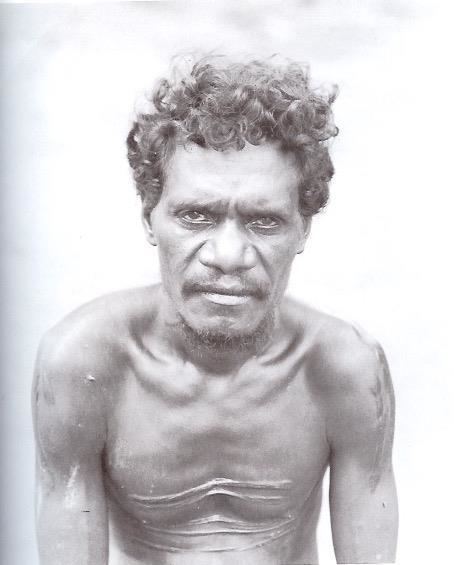
For some Pintupi, this was their first contact with Europeans. They were almost the last Indigenous Australian group with whom white Australians were to make contact with (the very last was a group of Pintupi in 1984).

Thomson again demonstrated his excellent ethnographic skills. The photographs taken here, like those he took in the 1930s in Arnhem Land, have become invaluable historical records for Aboriginal and non-Aboriginal Australians, particularly for the Pintupi.
The Thomson Collection of approximately four thousand black and white glass plate photographs is currently held by Museum Victoria. One of these photographs was of a group of ten men in their bark canoes on a swamp and was the inspiration for the title of a critically acclaimed film Ten Canoes. The title of the film arose from discussions between co-director Rolf de Heer and the movie's narrator David Gulpilil about a photograph of ten canoeists poling across the Arafura Swamp, taken by anthropologist Donald Thomson in 1936.
Thomson lived with the Pintupi, and liked them, through much of the 1950s and 60s.
He returned to the University of Melbourne and continued working there until his death in 1970. His ashes were flown to the Northern Territory and, accompanied in the plane by two of the sons of Wonggu, scattered over the waters of Caledon Bay.
